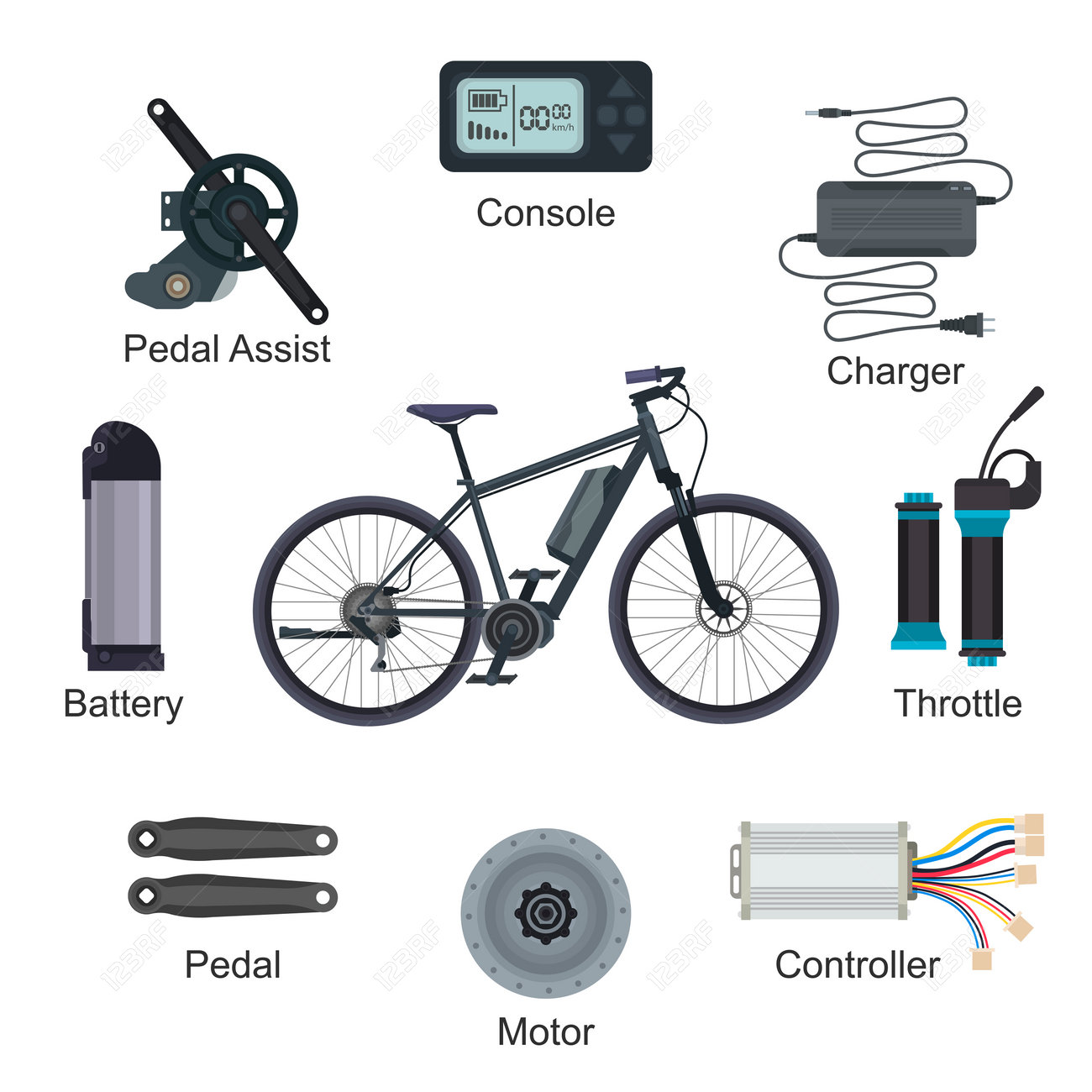A Newbie'S Source On E-Bike Legalities And Rules In Your Neighborhood
A Newbie'S Source On E-Bike Legalities And Rules In Your Neighborhood
Blog Article
Material Writer-Riis Thompson
Before you get on your e-bike and hit the streets, it's important to recognize the legislations and policies that govern your city. From rate limitations to marked riding locations, there's a great deal to consider to ensure you're compliant and secure. By familiarizing on your own with the regulations particular to e-bikes, you'll be much better furnished to enjoy your adventures without any unanticipated legal issues. Keep tuned to uncover women's beach cruiser that will certainly help you browse the e-bike landscape in your city seamlessly.
Understanding E-Bike Category
When it concerns browsing the world of e-bike regulations and laws, a crucial beginning point is understanding the classification system that classifies these electric bikes. E-bikes are commonly identified into 3 primary groups: Class 1, Class 2, and Class 3.
Class 1 e-bikes are pedal-assist just, meaning they offer support while the rider is pedaling and have a maximum speed of 20 miles per hour. These bikes are allowed in locations where traditional bicycles are permitted.
Class 2 e-bikes are furnished with a throttle that can move the bike without pedaling. They also have a maximum speed of 20 mph and are suitable for bikers that may need assistance without pedaling continuously.
Course 3 e-bikes resemble Class 1 however with a higher maximum speed of 28 miles per hour. These bikes are typically limited from specific bike courses or trails as a result of their greater speeds.
Comprehending these categories is necessary for complying with neighborhood regulations and guaranteeing a safe and pleasurable e-biking experience.
Browsing Rate Limits and Limitations
To successfully navigate e-bike legislations and guidelines, it's critical to comprehend the rate limitations and limitations that put on different classes of electric bikes.
Speed restrictions for e-bikes differ relying on the classification of the bike. Course 1 e-bikes, which are pedal-assist only and have a maximum speed of 20 mph, are normally allowed on bike lanes and courses.
Course 2 e-bikes, which have a throttle in addition to pedal-assist and likewise reach speeds of as much as 20 mph, might be limited in particular locations where motorized vehicles aren't permitted.
Course 3 e-bikes, with pedal-assist approximately 28 miles per hour, are typically called for to follow the same policies as traditional bicycles.
It is very important to stick to these rate limits and restrictions to guarantee your safety and security and the safety of others when driving. Before riding your e-bike, acquaint on your own with the certain guidelines in your city to avoid any potential fines or legal issues.
Where to Trip Your E-Bike
To establish where you can ride your e-bike, it's essential to know the laws and guidelines specific to your place. In the majority of locations, e-bikes are normally enabled on roadways and streets where conventional bikes are allowed. This may consist of bike lanes, bike courses, and shared roadways. Nonetheless, it's essential to inspect neighborhood regulations as some cities may have particular restrictions on where e-bikes can be ridden.
When riding your e-bike, constantly focus on safety by complying with traffic rules and respecting pedestrian walkways. Furthermore, be mindful of any kind of assigned bike lanes or paths in your area and use them whenever possible to ensure a smoother and much safer adventure.
Some cities also have laws relating to e-bike use on pathways, so ensure to familiarize on your own with these policies to prevent any kind of penalties or penalties.
web page that you know with the regulations and laws bordering e-bikes in your city, you can with confidence hit the road knowing where you can ride and what limitations put on your e-bike classification. Keep in mind to always focus on security and adhere to the rules to ensure a smooth and legal ride. Happy riding!
